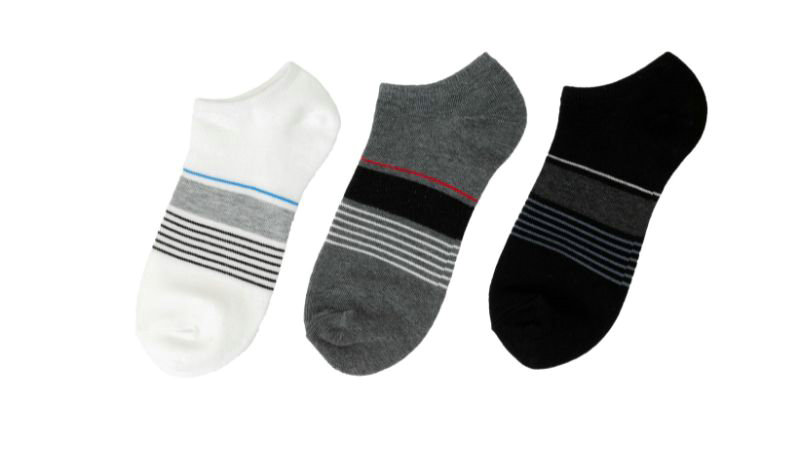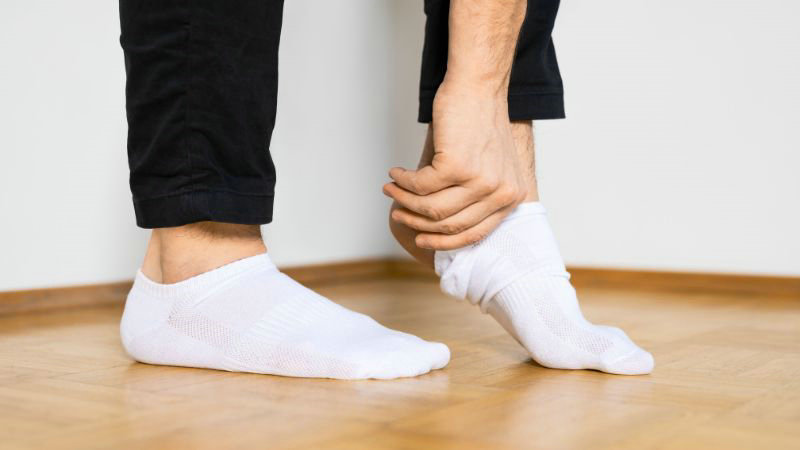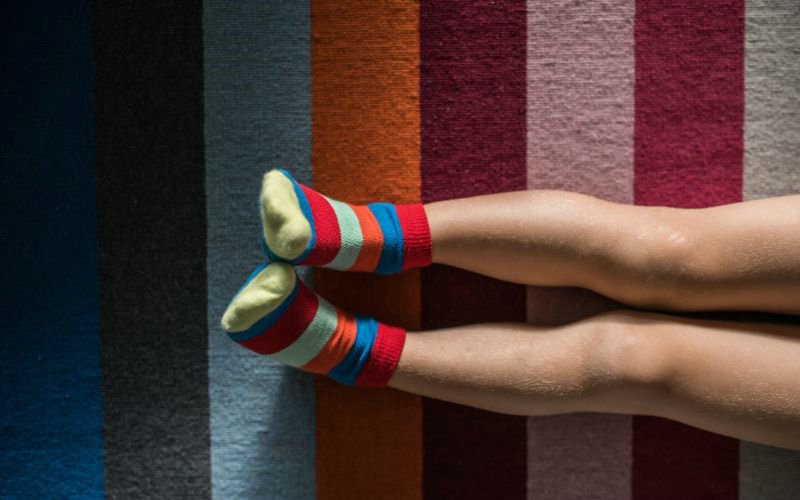When it comes to choosing the right type of socks, the debate between low-cut socks and no-show socks is a common one. These two options have distinct features and serve different purposes, making it essential to understand their differences and when to wear each type.
Through this guide, find the perfect socks for you.
Low Cut Socks vs No Show Socks
What are Low Cut Socks?

Low-cut socks, also known as ankle socks, are designed to cover the foot and reach just above the ankle bone. They provide coverage and protection for the foot and ankle area, offering cushioning and support. Low-cut socks are often made from lightweight and breathable materials such as cotton or synthetic blends, making them comfortable to wear for extended periods.
What are No-Show Socks?

No-show socks, also referred to as crew socks or invisible socks, are designed to provide minimal coverage while remaining hidden inside the shoe. These socks typically sit below the ankle bone and cover only the bottom part of the foot. The primary purpose of no-show socks is to offer a sockless appearance while still maintaining foot hygiene and preventing blisters and chafing.
Key Differences Between Low-Cut Socks and No-Show Socks
Understanding the differences between low-cut and no-show socks can help you make a better choice for socks. The main differences include materials, coverage, length, visibility, and usage.
Material Composition
low-cut socks
- Cotton: Widely used for comfort and breathability.
- Polyester: Adds strength and moisture-wicking properties.
no-show socks
- Cotton Blends: Typically include lightweight, breathable organic cotton.
- Elastane/Lycra/Spandex: Provides stretch for a snug fit, ensuring the sock stays hidden.
Coverage
- No-show socks are designed to be invisible and not show above the shoe collar. They typically end right at or below the ankle bone.
- Low-cut socks provide slightly more coverage than no-show socks. They end right at the ankle and may be minimally visible above very low-cut shoes.
Length
- No-show socks are the shortest sock style available. They have very little fabric and are meant to be hidden in the shoe.
- Low-cut socks are a bit longer than no-show socks but still shorter than crew or quarter-length socks. They hit right below the ankle bone
Usage
- No-show socks are ideal for wearing with loafers, boat shoes, sneakers, and other low-profile shoes where you want an invisible sock look.
- Low-cut socks work well with low-rise sneakers and shoes where you don’t mind the top of the sock showing slightly. They provide more coverage than no-show socks.
Advantages and Disadvantages of Low-Cut and No-Show Socks
Low Cut Socks

Advantages:
- Provide some protection from debris getting into the shoe while still being low-profile
- Allow legs to stay cooler compared to higher socks
- Popular for everyday and casual wear in addition to sports
Disadvantages:
- Provide little protection from cold air in winter or trail hazards like rocks and brush
- Can slip down into the shoe, causing rubbing and blisters if not fitted well
- Less cushioning and arch support compared to higher socks
No Show Socks
Advantages:
- Have an even lower, hidden profile for a sleek, sockless look popular with women
- Keep feet and ankles very cool in hot weather
- Act as a thin protective layer between the foot and shoe
Disadvantages:
- Prone to slipping off the heel and bunching up in the shoe, causing blisters
- Provide no protection from cold or trail debris
- Typically have minimal cushioning and support feature
Factors to Consider When Choosing Between Low-Cut Socks and No-Show Socks
When deciding between low-cut socks and no-show socks, there are several factors to consider:
Occasion
Think about the purpose for which you’ll be wearing the socks. If you’re engaging in athletic activities or going for a long walk, low cut socks may offer more comfort and stability. If you’re attending a formal event or want a more casual look, no-show socks can provide the right balance between style and practicality.
Shoe Type
Consider the types of shoes you usually wear. If you frequently wear sneakers or casual shoes that require some coverage and protection, low-cut socks are a suitable choice. If you often wear low-cut or slip-on shoes, no-show socks are more appropriate.
Personal Preference
Ultimately, the choice between low-cut socks and no-show socks comes down to personal preference. Some individuals prioritize comfort and coverage, while others value the sleek, sockless appearance offered by no-show socks.



